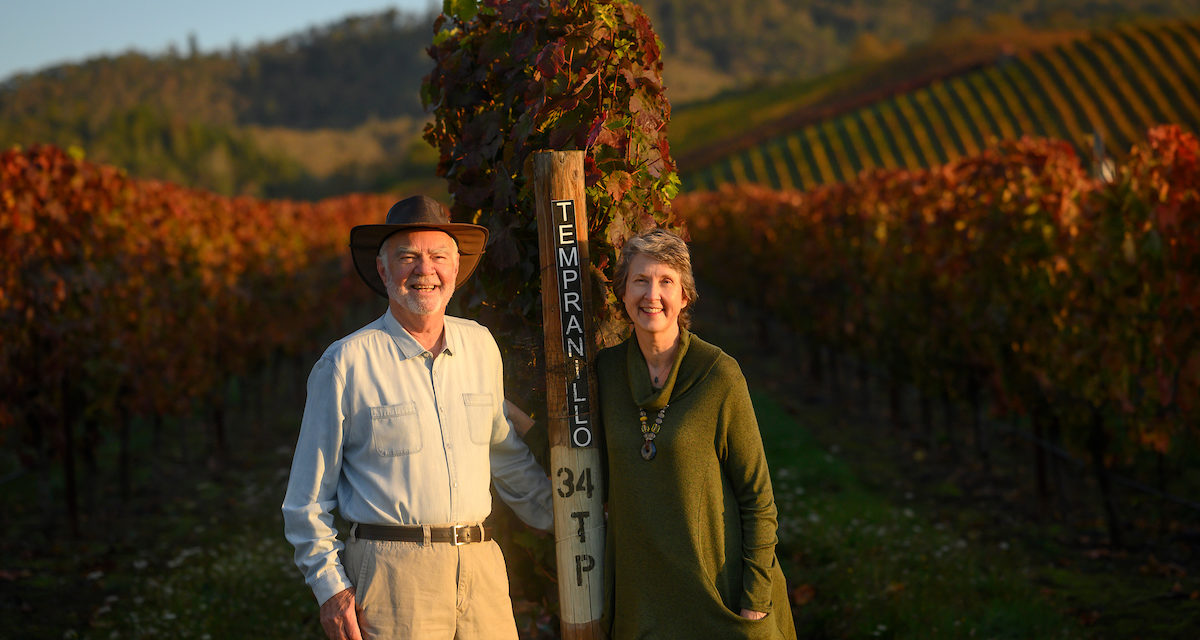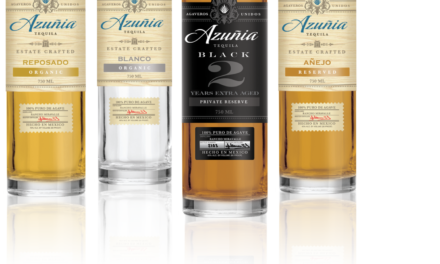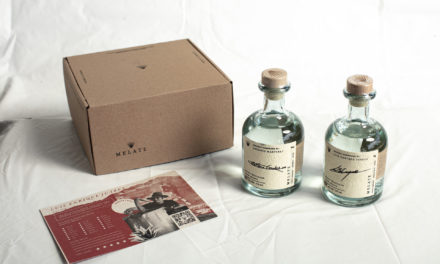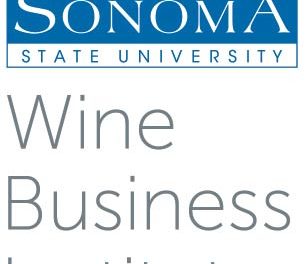March 18, 2020, Roseburg, Oregon – Earl and Hilda Jones, longtime varietal and winegrowing pioneers in Oregon’s Umpqua Valley, are proud to announce Abacela’s 25th anniversary. From day one, their mantra has been matching particular grapes to their ideal climate sites. Today, Abacela’s Fault Line Vineyards is home to 15 varieties – an inspiration and model for the winegrowing renaissance in Southern Oregon and beyond. To commemorate its silver anniversary, Abacela will host special events throughout the year including open house celebrations on Memorial Day and Thanksgiving weekends, as well as multiple private events for wine club members.
Earl Jones comments, “Hilda and I took a measured leap of faith when we left our secure medical careers in 1995 and trekked 2700 miles west with kids in tow to follow our shared dream of growing world-class Tempranillo despite having zero winemaking experience. We have since devoted our lives to rigorously testing our hypothesis that Roseburg, Oregon is a North American crossroads where the ideal climate and site for the variety intersect. We’re thrilled to have been granted recognition for our work over the years and grateful for the team of people at Abacela who have helped.”
Hilda Jones continues, “After initial success with Tempranillo, we wanted to experiment with other warm climate grapes. We set four criteria for our variety experiments that remain in place today: the grape must thrive within the climate’s frost-free period, ripen properly, exhibit typical varietal characteristics and produce wine of comparable quality to its Old World counterpart.”
The winery name stems from the word “Abacelar,” an archaic Latin-Spanish verb meaning “to plant a grape vine.” The Joneses purchased the property in 1992 and began establishing the first commercial planting of Tempranillo – four acres, outside of California on Memorial Day 1995. They have been experimenting ever since and today, Fault Line Vineyards features 76 acres under vine ranging in elevation from 500 to 800 feet. Its most unique and challenging aspects are that the vineyards are bisected by the region’s major geological fault line creating complex slopes, which span from flat to a 43% grade, and diverse geology with a mix of youthful and ancient metamorphic, sedimentary, and volcanic soils requiring specific needs.
In 1998, the Joneses produced 383 cases of their second Tempranillo, a wine that went on to win a Double Gold and Best of Class at the 2001San Francisco International Wine Competition. Later that year, Decanter Magazine dubbed Abacela “Oregon’s Most Interesting Vineyard Property.” Abacela has since been named a Wine Business Monthly “Hot Brand” (2010) and Wine Press Northwest “Oregon Winery of the Year” (2013). The Oregon Wine Board honored the Joneses with its “Lifetime Achievement Award” in 2015.
Abacela’s longtime winemaker, Andrew Wenzl, joined the winery in 2003. Today Wenzl oversees a diverse portfolio including four styles of Tempranillo ranging from an everyday “Fiesta” blend to Paramour, the pinnacle of the portfolio inspired by the Gran Reservas of Spain, plus Syrah, Graciano, Tannat, Tinta Amarela, Merlot, Dolcetto, Albariño, Viognier and dessert styles.
Jones and Darin Cook, Abacela’s seasoned vineyard foreman who also joined the winery in 2003, manage the vines with minimum inputs and plenty of manual labor akin to the farm where Earl grew up. To further enhance sustainability, Abacela participates in a unique and mutually beneficial exchange with its Wildlife Safari neighbor: the winery provides hay to feed the animals who in turn produce “zoo doo,” which Abacela then blends with leftover seeds, stems and skins to compost “zoil,” a nutrient rich, organic soil amendment.
The Joneses are looking forward to expanding their plantings and production of Tinta Amarela, “an unsung wine grape we believe is wonderful and the first American bottling of the variety.” They will also replant some blocks with time-tested and proven Tempranillo clones and add additional plantings of Syrah, Grenache and Graciano.
Additional Milestones
- 1988: Joneses inspired by tasting Alejandro Fernández’s1982 Tinto Pesquera Janus Reserva from Ribera del Duero
- 1990-1992: Earl and his son, Greg conduct extensive research on airport climate data to match Tempranillo to its ideal American site, which first leads the Joneses to New Mexico then Southern Oregon where they identify 463 acres of “always sunny area” on south sloping hillsides about 100 feet above the South Umpqua River
- 1995: Joneses establish Abacela becoming Southern Oregon AVA’s 14th winery and the Umpqua AVA’s 7th
- 1996: Joneses make their very first wine, 50 cases of Cabernet Franc
- 2002: Earl and Greg write petition for Southern Oregon AVA approved in 2004
- 2003: Joneses create 300-acre wildlife habitat conservation plan to ensure preservation of property’s oak savanna and native flora and fauna
- 2004: Earl organizes TAPAS, the Tempranillo Advocates, Producers and Amigos Society, a national organization of Tempranillo growers, producers and friends and becomes its first president
- 2005: Great vintage and 1st in which all four Tempranillos – Fiesta, Barrel Select, Reserve and Paramour are produced
- 2009: Abacela’s 2005 Reserve Tempranillo wins America’s 1st Gold Medallón at Spain’s Tempranillo El Mundo, the variety’s “world series;” Portland’s Classic Wines Auction names Earl Jones “Oregon Vintner of the Year”
- 2011: Unveiling of 2005 Paramour, Abacela’s 1st Gran Reserva style Tempranillo; Abacela builds its sustainable Vine & Wine Center incorporating geothermal heating and cooling in a nod to Hilda’s Icelandic roots
- 2015: Oregon Wine Board awards Joneses the Industry’s Lifetime Achievement Award; Wine Enthusiast nominates Abacela for “American Winery of the Year”; and Earl organizes and become first president of “Oregon Tempranillo Alliance” (OTA)a statewide organization of growers and producers that by 2013 were growing 350 acres and harvesting 664 tons making Tempranillo Oregon’s 5th largest red grape crop with a farm gate value nearing $1.4 million
- 2018: Oregon Vineyard and Winery Report shows Tempranillo’s farm gate value well over $2 million with an economic impact of over $10 million. Since 1991, Oregon has led the country in new plantings of Tempranillo. Today, Oregon Tempranillo is now available in over 100 tasting rooms in the state clearly demonstrating that the variety grows exceptionally well here and makes varietally correct wines that appeal to wine aficionados.
Press releases are generated outside of Spirited magazine and the information contained does not necessarily reflect the opinion of Spirited or its parent company, Sonoma Media Investments.











